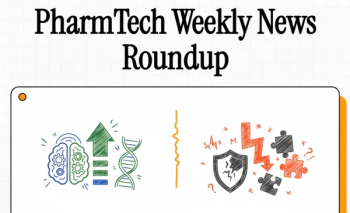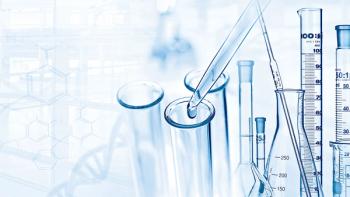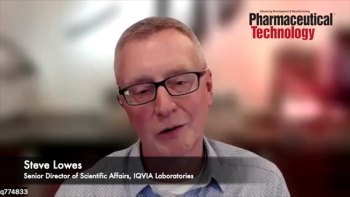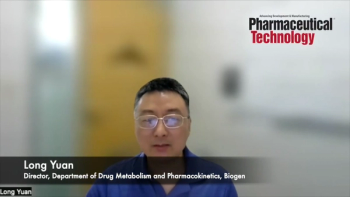
ITT Showcases Hygienic Valve Technology at INTERPHEX 2019
ITT Engineered Valves presented its new EnviZion hygienic valve technology at INTERPHEX 2019 in New York City.
ITT Engineered Valves, a manufacturer of industrial and hygienic valves for chemical processing, power generation, pulp and paper, mining, pharmaceutical, and bioprocessing, showcased its EnviZion hygienic valve technology for biopharmaceutical operations at INTERPHEX at the Jacob K. Javits Convention Center in New York City, taking place April 2–4, 2019.
Company representatives at booth 3644 demonstrated how the valve’s design and engineering can improve performance and reliability. According to the company, the valve has received in-house testing as well as independent third-party testing from American Society of Mechanical Engineers: Bioprocessing Equipment Appendix J and certification from the European Hygienic Engineering and Design Group.
The demonstrated was divided into reliability and profitability stations. At the reliability station, visitors could change a diaphragm on a traditional four-bolt valve and on the EnviZion valve to experience the operational and maintenance differences first-hand. At the profitability station, visitors could consult with a company team member to evaluate how the EnviZion valve technology translates to installation, operation, and maintenance savings.
Additionally, other product stations highlighted several new EnviZion products, including the BioviZion fractional size valve and the Advantage platform of pneumatic actuators.
Source:
Newsletter
Get the essential updates shaping the future of pharma manufacturing and compliance—subscribe today to Pharmaceutical Technology and never miss a breakthrough.





